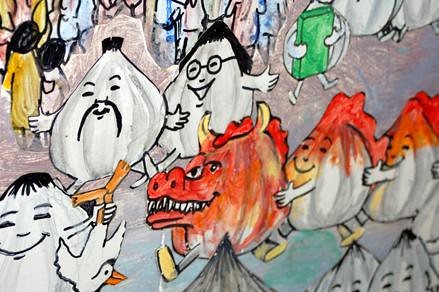
EGOS | The standard economic model of homo economicus is characterised by the following assumptions (e.g. Frey 1999):
1. Action is centred in the individual (methodological individualism). Everything that happens in institutions and society can be traced back to the actions of individuals.
2. A strict distinction is to be drawn between preferences (i.e., values which form the basis of motivation) and restrictions (i.e. external stimuli and constraints on the scope for action).
3. An individual’s preferences are given and inalterable (c.f. Becker and Stigler, 1977). The individual’s actions are determined entirely by restrictions.
4. Only self-interested, not prosocial, preferences are assumed to exist. The preferences of other people do not concur with one’s own preferences.
5. The cognitive perception of restrictions is identical in all individuals.
6. Individuals behave entirely rationally. They are able to determine their own maximum utility according to their own preferences within given restrictions.
It is on the basis of these assumptions that the standard economic model is applied to all spheres of life, for instance, to the family, drug abuse, abortion, criminality, art, sport, religion, and suicide.3 This is tied to the withdrawal (or, better, the ejection) of psychology from economics, which, for instance, for Schmölders (1962) was still part of economics.4 Neoclassical standard economics has thus developed an imperialistic understanding of itself as the “queen of the social sciences” (c.f. Hirshleifer 1985; Becker 1976; Frey 1999), a view which has provoked significant aggression and criticism among neighbouring social sciences.
Criticism of standard economics refers chiefly to these assumptions. In particular, this is about the assumptions regarding the cognitive and motivational characteristics of homo economicus and the assumptions regarding the transferability of the economic model across from anonymous market relationships to the relationships within organisations and between individuals.
The criticism of the assumptions about the cognitive characteristics of homo economicus is the least controversial. They go back to Simon (1955, 1956) and have led to the idea of bounded rationality as a consequence of people’s limited capacity to process information. Individuals do not maximise their utility, but can at best achieve satisfactory results. It is on this basis that the institutional economic approaches have been developed (Williamson, 1990). However, the idea of bounded rationality remains vague in institutional economics.5 The research of psychological economics into decision anomalies (Kahneman and Tversky 1986), developed over twenty years, has not been considered. Instead “the same assumptions are still in place as the cornerstones of economic analysis” (Kahneman 2003: 162), though the research on decision anomalies provides precise and situation-specific differentiations of bounded rationality.






























